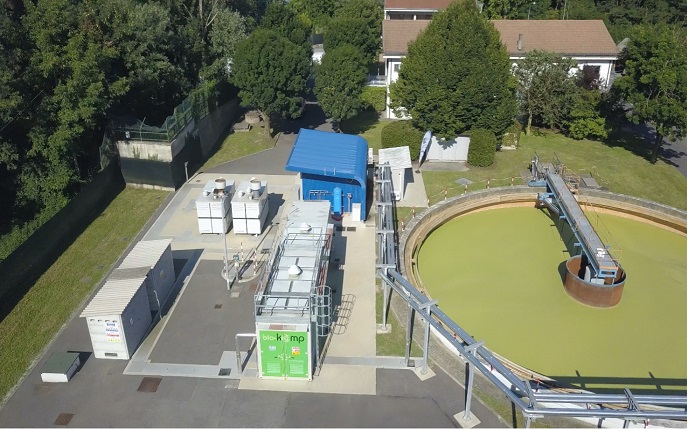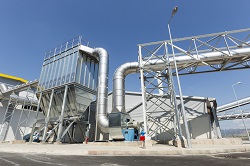Hydrogen storage goes solid-state
Hydrogen pressurised in tanks, where gas is typically under pressure from 700 to 2 100 bar, has limited storage capacity because of its extremely low density. Tank-based storage has other disadvantages too. The tanks take up a lot of space, and the refuelling process can be dangerous because of the high pressure of hydrogen coming out of the pump. To overcome the challenges associated with tank-based storage systems, EU-funded researchers have worked on a way to hold hydrogen in a benign, chemical form and release this when needed. Within the SSH2S (Fuel cell coupled solid state hydrogen storage tank) project, they explored the combination of mixed-metal borohydrides and lithium amide/magnesium hydride in the new storage solution. The modular hydrogen tank consisted of tubes placed side by side and filled with the two different solids. These materials absorb hydrogen like a sponge. This extraordinary property enables storage of hydrogen gas in a small volume under a pressure of 70 bar – substantially smaller than a conventional tank that requires hydrogen to be kept under a pressure higher than 700 bar. More importantly, the use of solid materials in the new tank means that hydrogen can be stored safely. Even if there is a leak, the strong bond developed between the gas and the storage materials ensures that hydrogen escapes at such a slow rate that there is no risk of explosion. As part of SSH2S, researchers connected the new hydrogen tank to a high-temperature polymer electrolyte membrane fuel cell. The tank had a volume of 10 l and offered storage for up to 1 400 l of hydrogen. The system was fitted into a van as an auxiliary power unit and supplied 1 kW of electrical energy for air conditioning, heating and lighting for 2 hours. The patent granted for the solid-state storage of hydrogen attests to the success of SSH2S work. The new hydrogen storage system is expected to have an important impact on further development of high-temperature fuel cells for consumer and industrial applications of hydrogen-powered devices.







